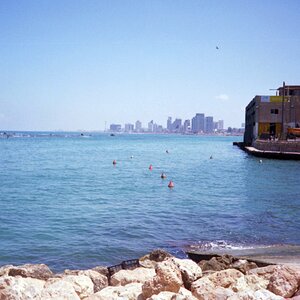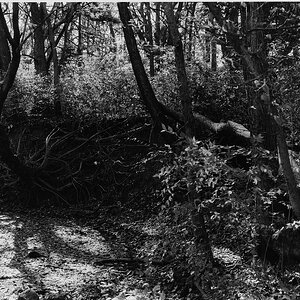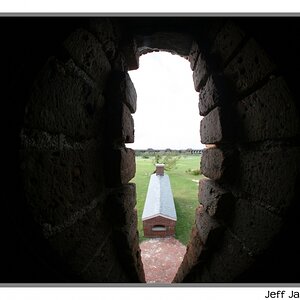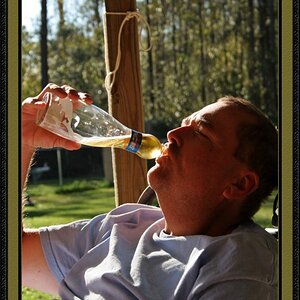TenaciousTins
TPF Noob!
- Joined
- Oct 21, 2011
- Messages
- 397
- Reaction score
- 72
- Location
- Vermont
- Website
- www.facebook.com
- Can others edit my Photos
- Photos OK to edit
Is it possible to use my 430EXII flash off camera? I have the Rebel T1i for reference. There is no way on God's green earth that I can afford a 580EXII flash or I totally would. So with that in mind, is there a way that I can use my current flash off camera via a wire or some sort of hunky dory setup? I am wondering if that would help me with inside photos. I have someone who just offered to let me photograph her and her little girl for experience and for fun and while that is all fine and good, I'll have to do an inside shoot because it is so cold. So I want to maximize my abilities with what I have. I nearly reckon I could shoot into an umbrella (I do have several) and have a reflector on the other side to get some better lighting. But that's me thinking aloud and wanting to practice.
I tried to look it up but there's so much confusing info and you guys are great at dumbing it down for someone new like me :mrgreen::thumbup:
I tried to look it up but there's so much confusing info and you guys are great at dumbing it down for someone new like me :mrgreen::thumbup:










![[No title]](/data/xfmg/thumbnail/34/34077-2933006a1d00efe7d5967044e94e345e.jpg?1619736268)


